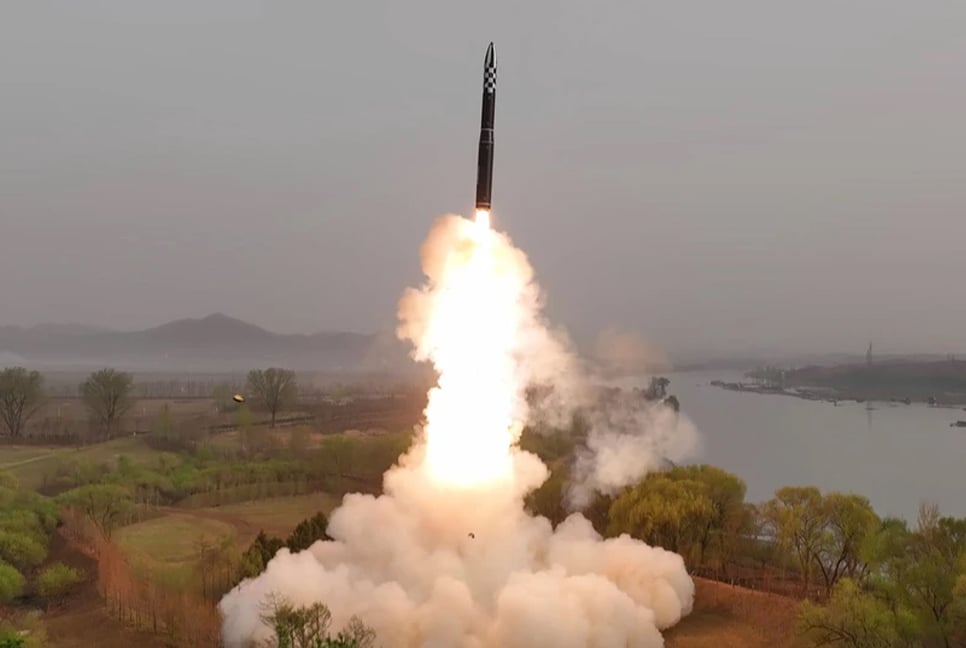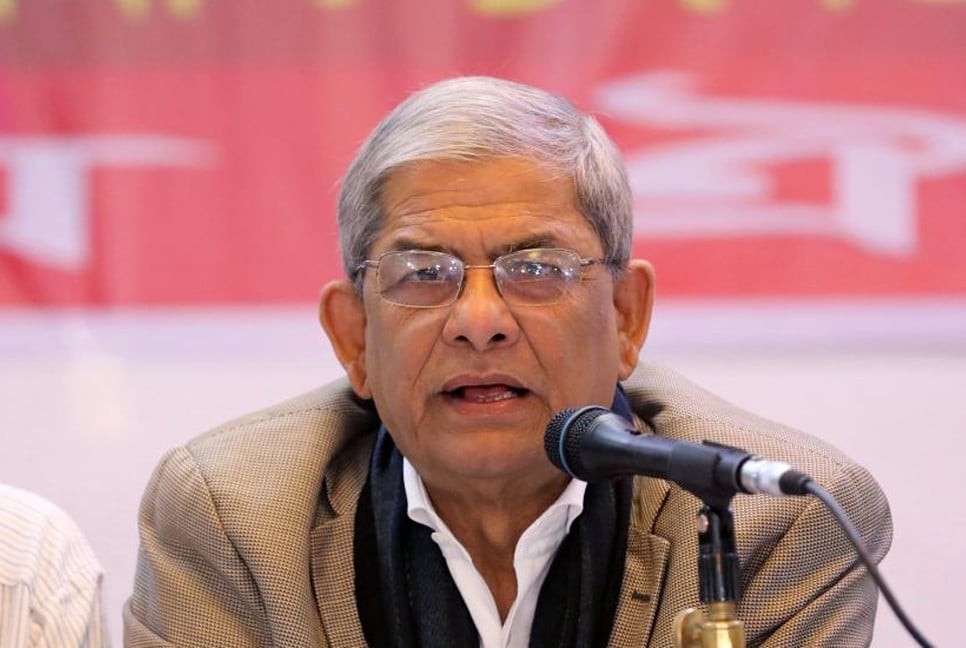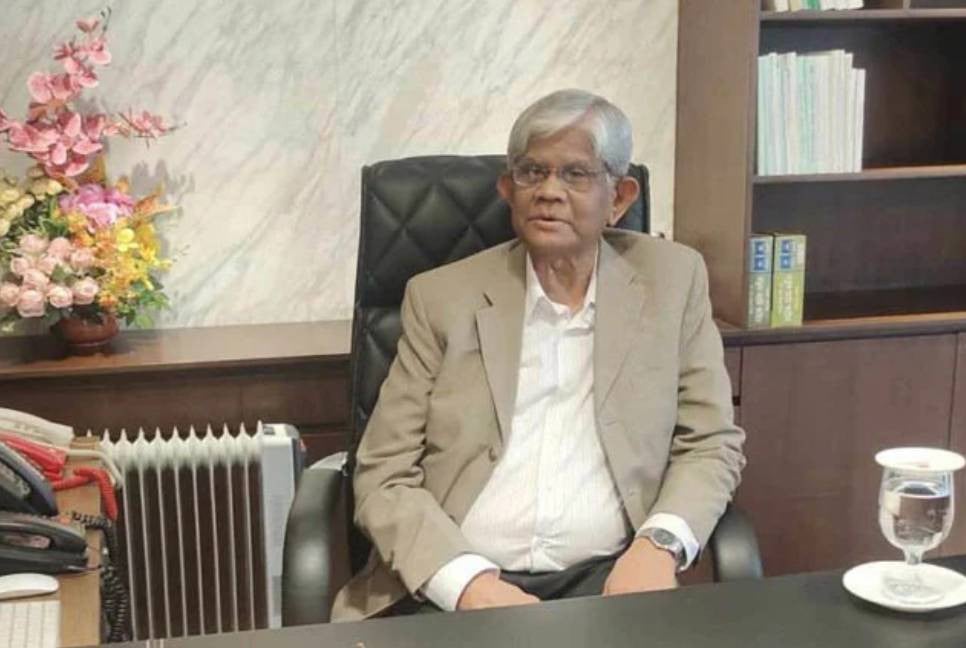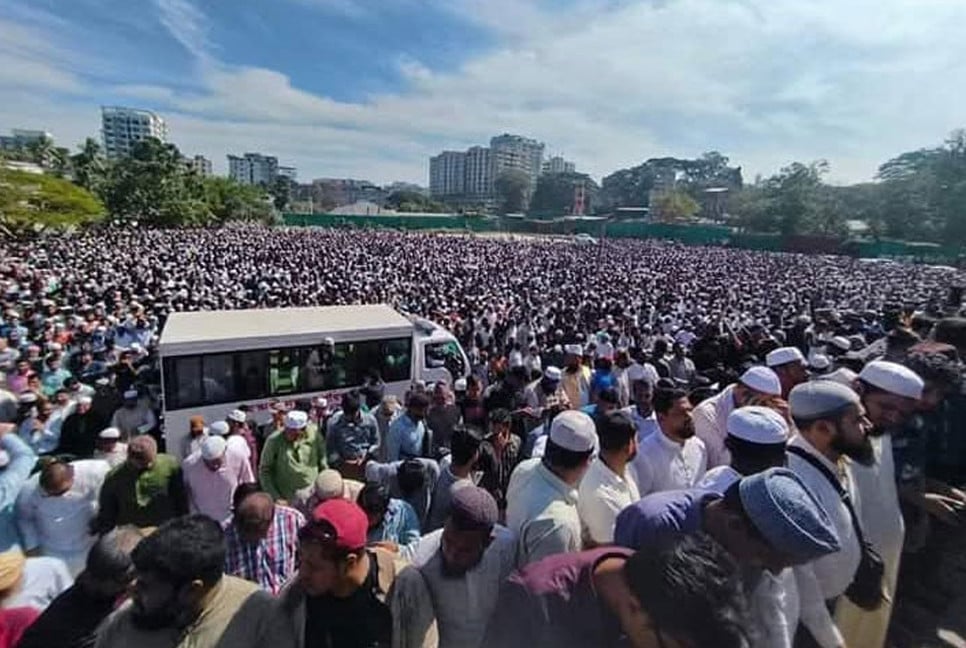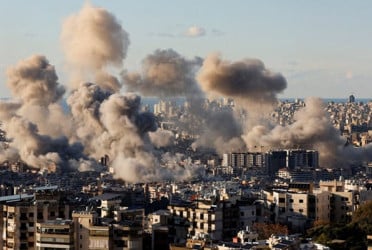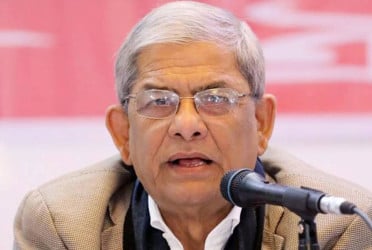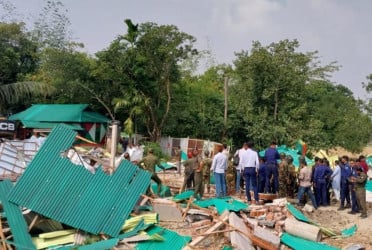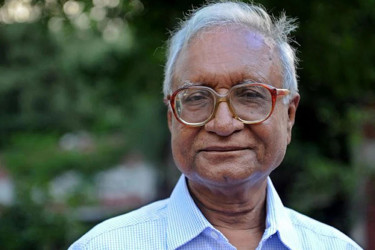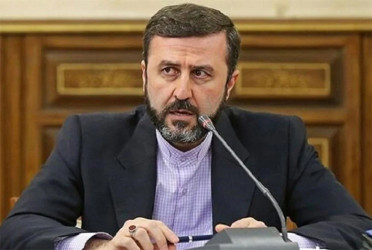North Korea said Friday it flight-tested a solid-fuel intercontinental ballistic missile for the first time, a possible breakthrough in its efforts to acquire a more powerful, harder-to-detect weapon targeting the continental United States, reports UNB.
North Korea's official Korean Central News Agency issued the report a day after the country's neighbors detected a launch of a long-range missile from near Pyongyang, which extended a run of weapons displays involving more than 100 missiles fired into the sea since the start of 2022.
Thursday's test did not appear to demonstrate the weapon's full capacity, and it remains unclear how far North Korea has come in mastering technologies to ensure the warhead would withstand atmospheric reentry and accurately strike targets. Still, analysts said the test was likely a meaningful advance in North Korea's goal to build a nuclear arsenal that could directly threaten the United States.
KCNA said the launch was supervised on site by North Korean leader Kim Jong Un, who described the missile — named Hwasong-18 — as the most powerful weapon of his nuclear forces that would enhance counterattack abilities in the face of external threats created by the military activities of the United States and its regional allies.
Kim pledged to further expand his nuclear arsenal to "constantly strike extreme uneasiness and horror" in his rivals and make them feel regret for their wrong choices.
North Korea has justified its weapons demonstrations as a response to the expanding military exercises between the United States and South Korea, which the North condemns as invasion rehearsals while using them as a pretext to push further its own weapons development.
Kim added that the Hwasong-18 would rapidly advance North Korea's nuclear response posture and further support an aggressive military strategy that vows to maintain "frontal confrontation" against its rivals.
North Korea has tested various intercontinental missiles since 2017 that demonstrated the potential range to reach the U.S. mainland, but the others use liquid fuel that must be added relatively close to the launch and they cannot remain fueled for prolonged periods.
An ICBM with built-in solid propellants would be easier to move and hide and fired quickly, reducing the opportunities for opponents to detect and counter the launch. It's not immediately clear how close the North is to having a functional solid-fuel ICBM capable of striking the U.S. mainland.
South Korea's Defense Ministry in a statement described Hwasong-18's flight as a "mid-phase test" and said North Korea would need more time and effort to complete the system. It maintains that North Korea's technologies haven't reached the point where it can protect its ICBM warheads from the harsh conditions of atmospheric reentry.
Bd-pratidin English/Tanvir Raihan

